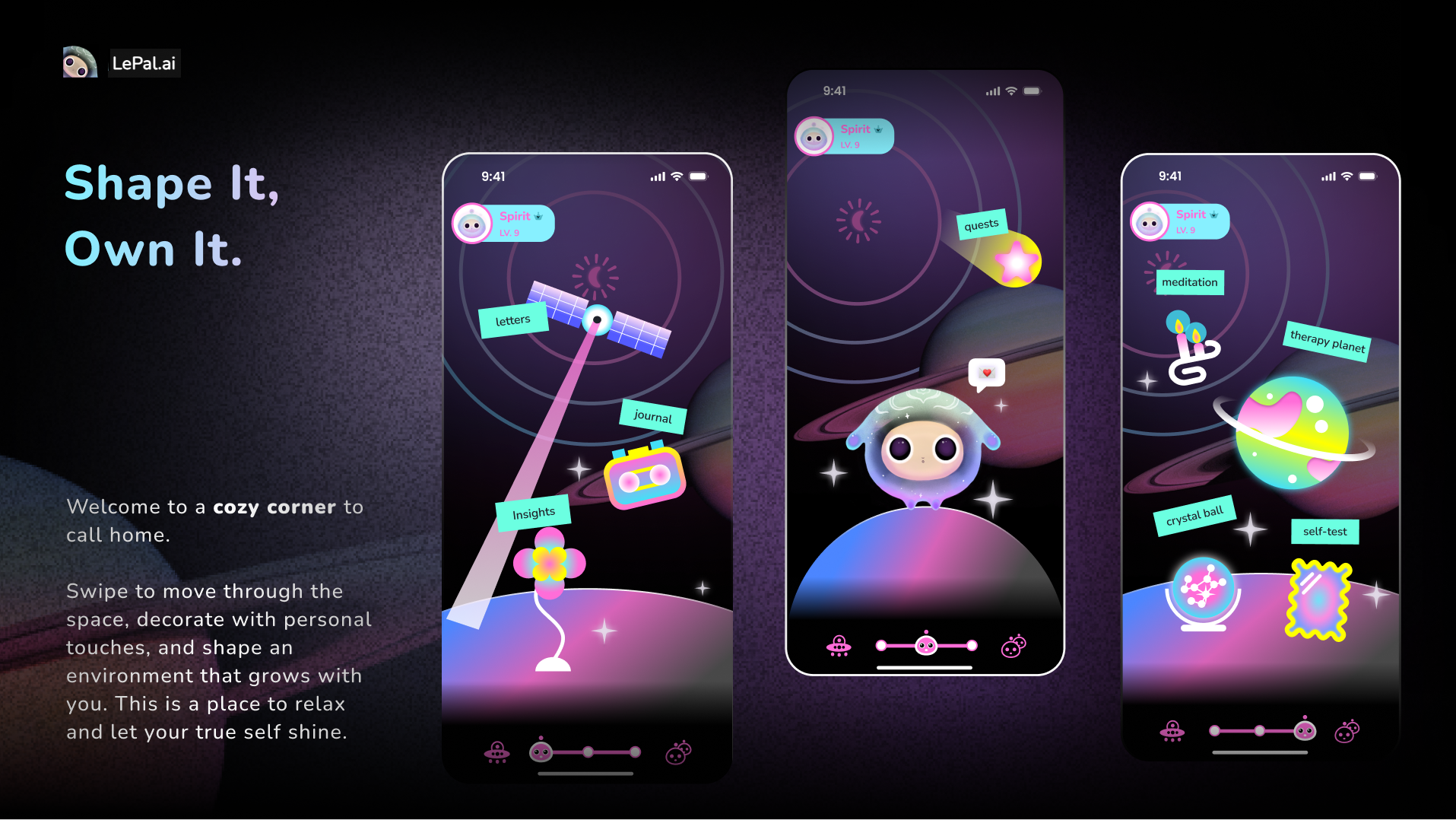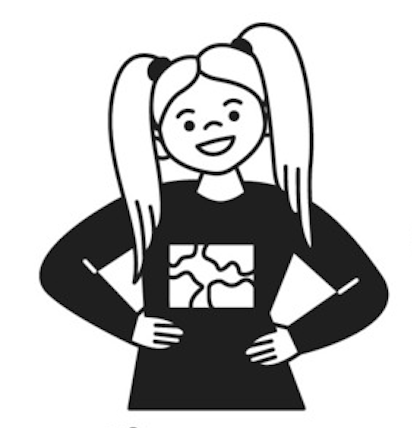
LePal.ai is a gamified, AI-driven mental health app for Gen Z. Users can use 8 core features including logging their moods, writing journal entries, and interacting with AI-based 'spirit pets' that offer support and insight.
5 UX Researchers/Designers (including me)
1 PM
UX Research
Design Strategy
Wireframing Usability Testing
2 Months
(split into 2 phases — research & design)
Despite LePal’s unique gamification elements, retention dropped sharply after onboarding.
User behavior showed:
Key Business Goals:
To improve engagement and design monetization strategies, I recruited users to use the app for 7-10 days and provide feedback on their overall experience, the usability of specific features, their willingness to pay, the ideal customer profile, and any changes they would make.
Offered a free 3-month premium subscription and access to exclusive Discord community upon successful completion of study
Via LinkedIn, Instagram, Tik Tok, and professional community outreach
Via 18 screener surveys to determine participant eligibility
6 initially, 2 heavy users re-interviewed

"It (spirit pet) told me to 'just chill out'... that wasn't helpful."

"I'd rather spend $4 toward a real therapist."
I flagged my PM about the technical bugs and slow loading times, which was an issue for the developer team. I also notified my PM that the LLM for the AI-driven spirit animal needed to be trained further to give more in-depth and sensitive feedback. The remaining insights on user drop-off and monetization barriers were more design-related issues. In response to those, here are 2 solutions I proposed:
A gamified leaderboard to motivate daily engagement with XP, badges, and tiered streaks
Why this would work:

"I wouldn't want to break a streak with a friend. That would keep me coming back."
A goal-oriented journey map to journaling and mood tracking.

"This (personality insights) feel's more personal. I like it—it gives me feedback and shows what to focus on."
Ultimately, I was tasked with redesigning LePal’s mood tracker to prioritize simplicity and emotional clarity. The updated screen allows users to:

I tested the prototype with 15 naïve users unfamiliar with LePal. Here is what I found:
📈 Outcome: